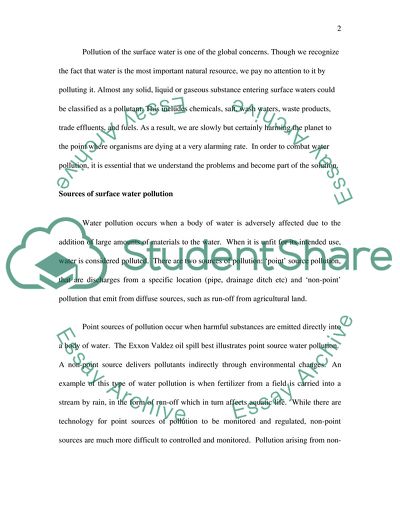Cite this document
(Main Water Quality Problems from Surface Water Resources Perspectives Case Study, n.d.)
Main Water Quality Problems from Surface Water Resources Perspectives Case Study. Retrieved from https://studentshare.org/environmental-studies/1703053-discuss-main-water-qualitypollution-problems-from-surface-water-resources-perspectives
Main Water Quality Problems from Surface Water Resources Perspectives Case Study. Retrieved from https://studentshare.org/environmental-studies/1703053-discuss-main-water-qualitypollution-problems-from-surface-water-resources-perspectives
(Main Water Quality Problems from Surface Water Resources Perspectives Case Study)
Main Water Quality Problems from Surface Water Resources Perspectives Case Study. https://studentshare.org/environmental-studies/1703053-discuss-main-water-qualitypollution-problems-from-surface-water-resources-perspectives.
Main Water Quality Problems from Surface Water Resources Perspectives Case Study. https://studentshare.org/environmental-studies/1703053-discuss-main-water-qualitypollution-problems-from-surface-water-resources-perspectives.
“Main Water Quality Problems from Surface Water Resources Perspectives Case Study”. https://studentshare.org/environmental-studies/1703053-discuss-main-water-qualitypollution-problems-from-surface-water-resources-perspectives.


